Nervous System 101 Study Guide Notes: Neuronal Synapses, Types of Neurotransmitters: Glutamate vs GABA vs Glycine vs Acetylcholine vs Catecholamine, Mechanism of Action, and Neuroplasticity [MCAT, USMLE, Biology, Medicine]
In this lesson, we explore the nervous system and share notes as part of the study guide series. We will explore the awesome brain and nerves! Topics include Neuronal Synapses, Structure of Synapses, Types of Neurotransmitters: Glutamate vs GABA vs Glycine vs Acetylcholine vs Catecholamine, Neurotransmitter Mechanism of Action, Release, Removal, and Neuroplasticity.
Check out our popular nervous system notes.

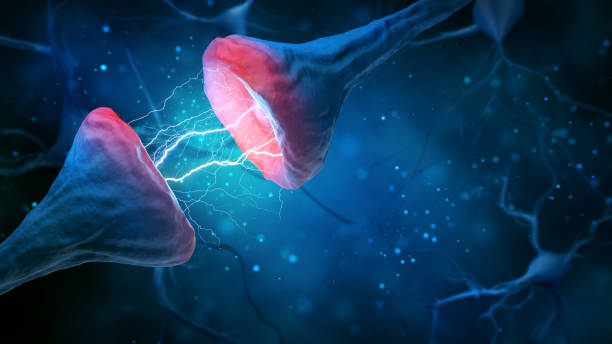
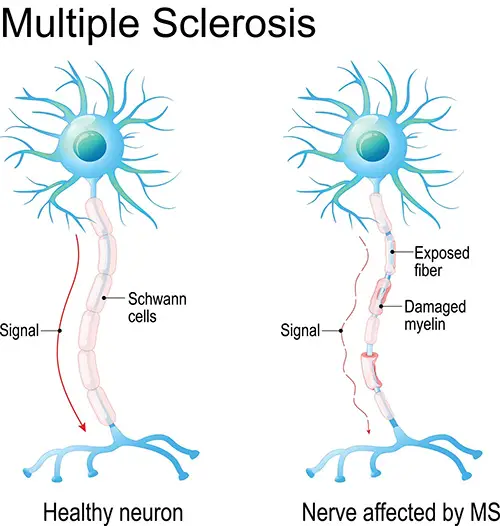
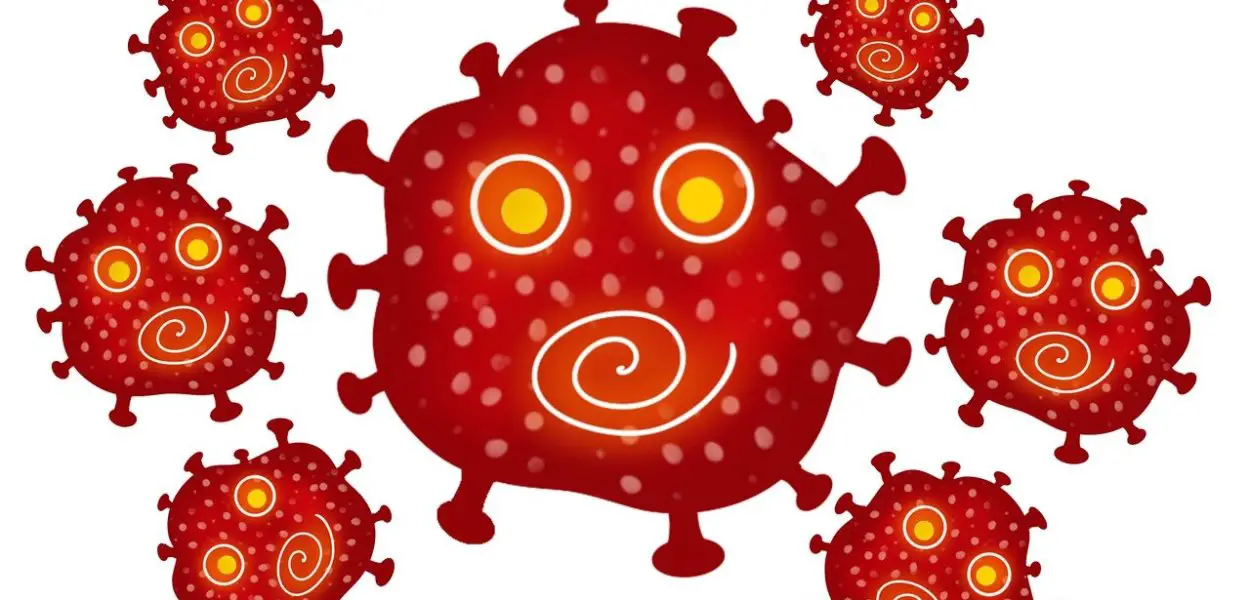
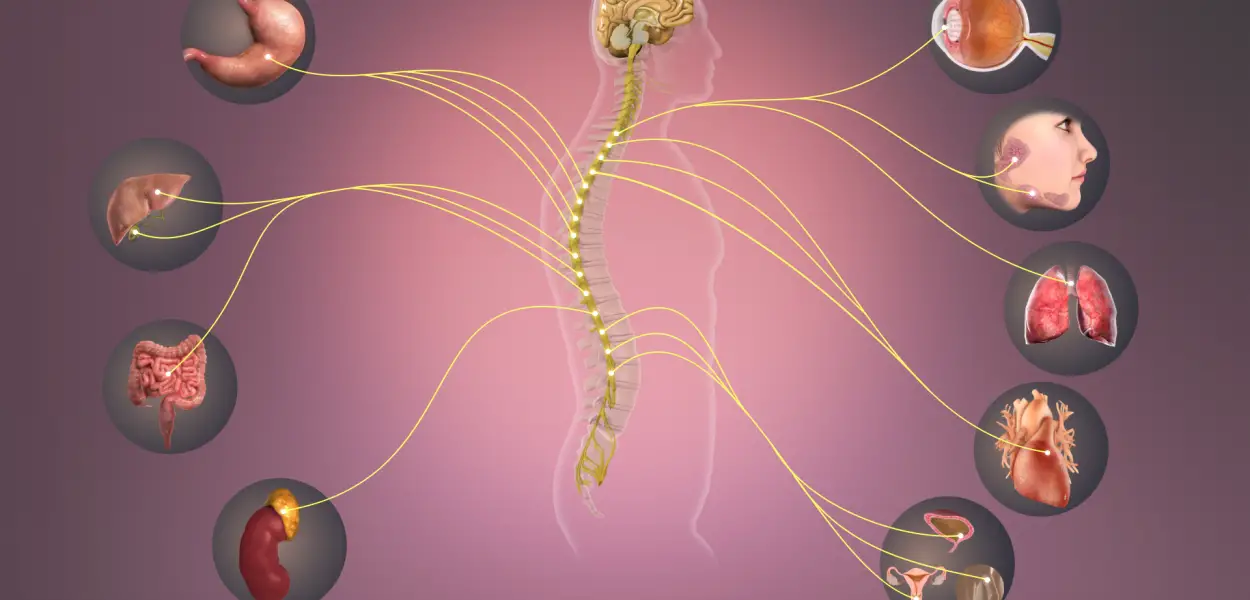

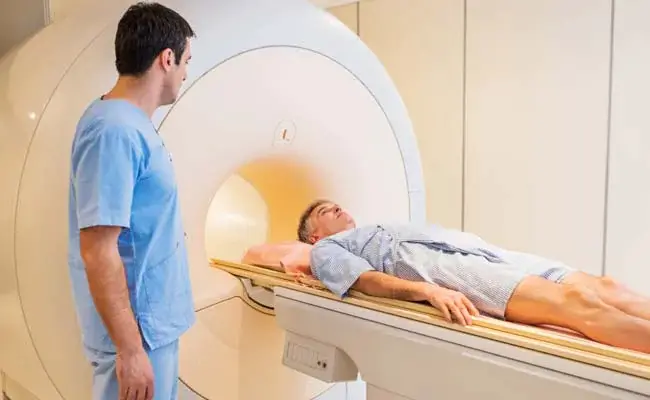
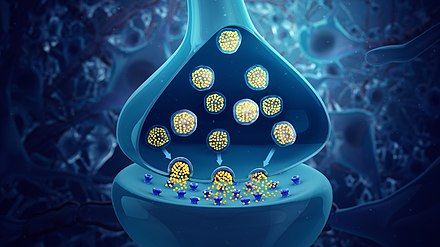
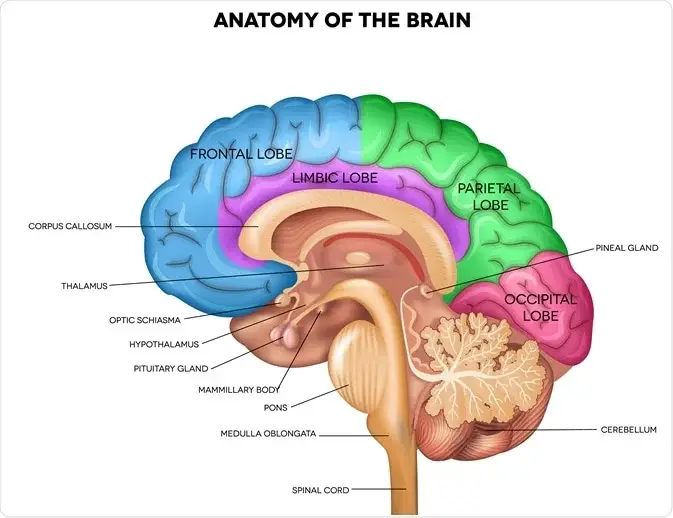
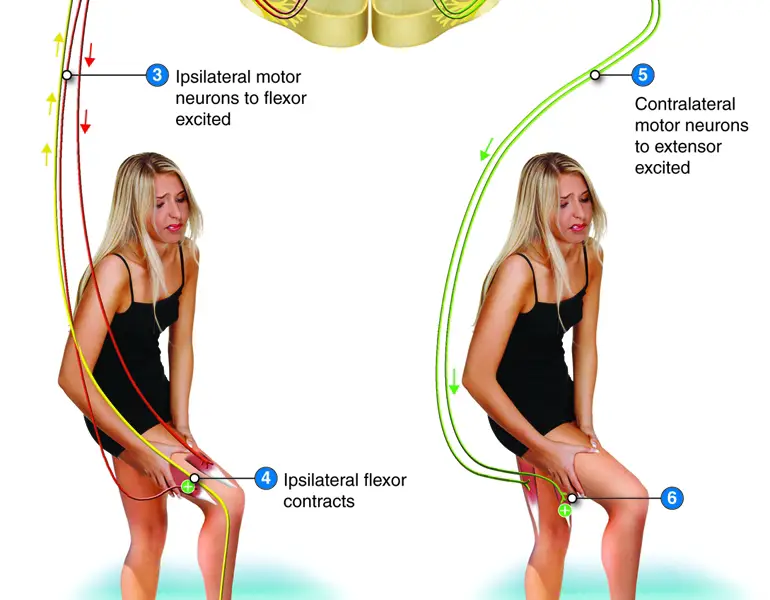


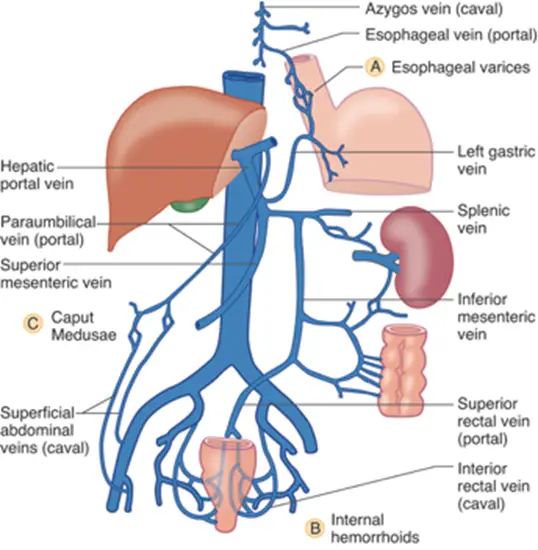




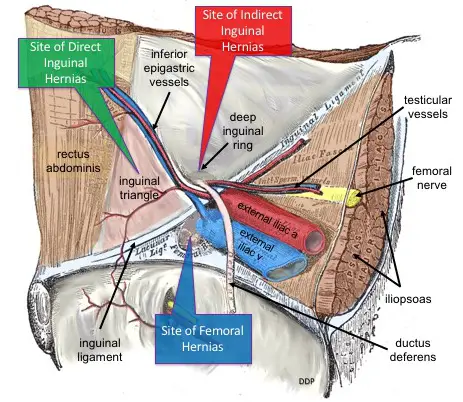



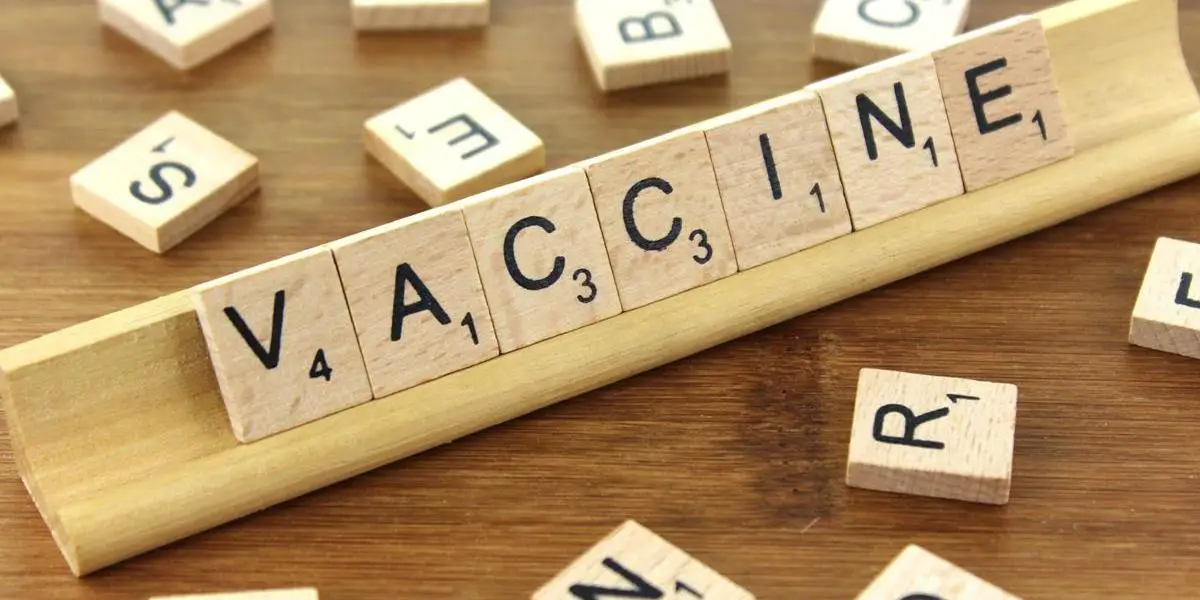


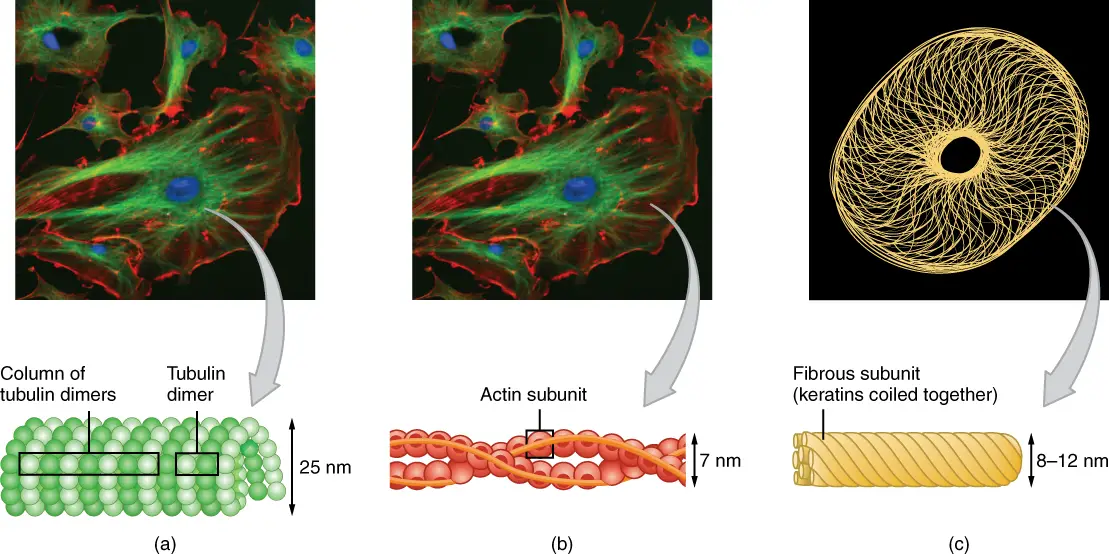





![Heart Block: First Degree vs Second Degree (Type I and Type 2) vs Third Degree - ECG Findings, Symptoms, Diagnosis, Treatment, and Prognosis [MCAT, USMLE, Biology, Medicine]](https://i0.wp.com/moosmosis.org/wp-content/uploads/2023/04/heart_block.png?resize=200%2C200&ssl=1)




![Gastrointestinal System 101: Pathophysiology of Diseases and Cancers, LFTs, Types of Hepatitis, PSC vs PBC, Cholecystitis vs Cholangitis, Crohn's Disease vs Ulcerative Colitis [Biology, MCAT, USMLE, Medicine]](https://i0.wp.com/moosmosis.org/wp-content/uploads/2022/03/image-17.png?resize=200%2C200&ssl=1)